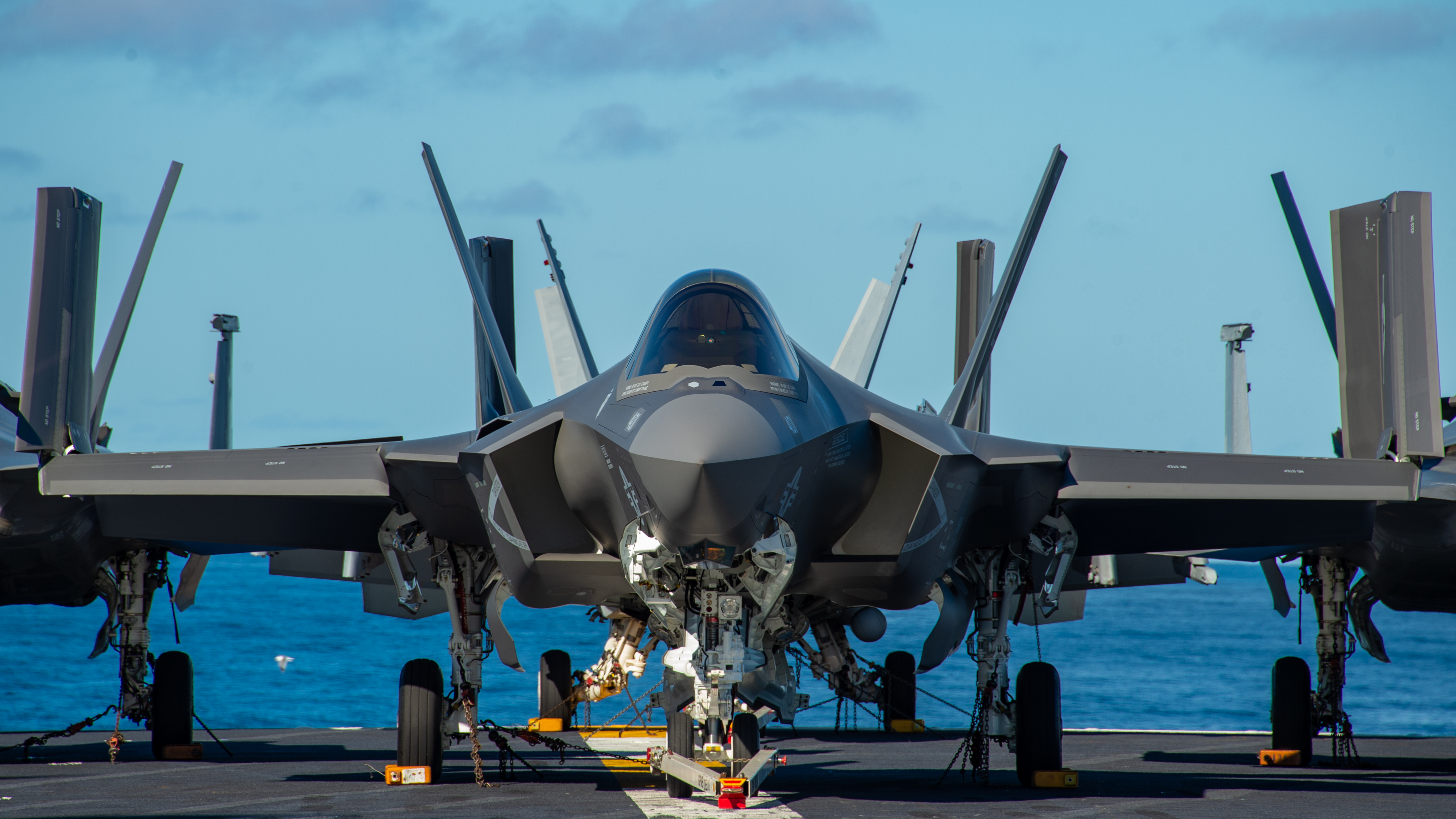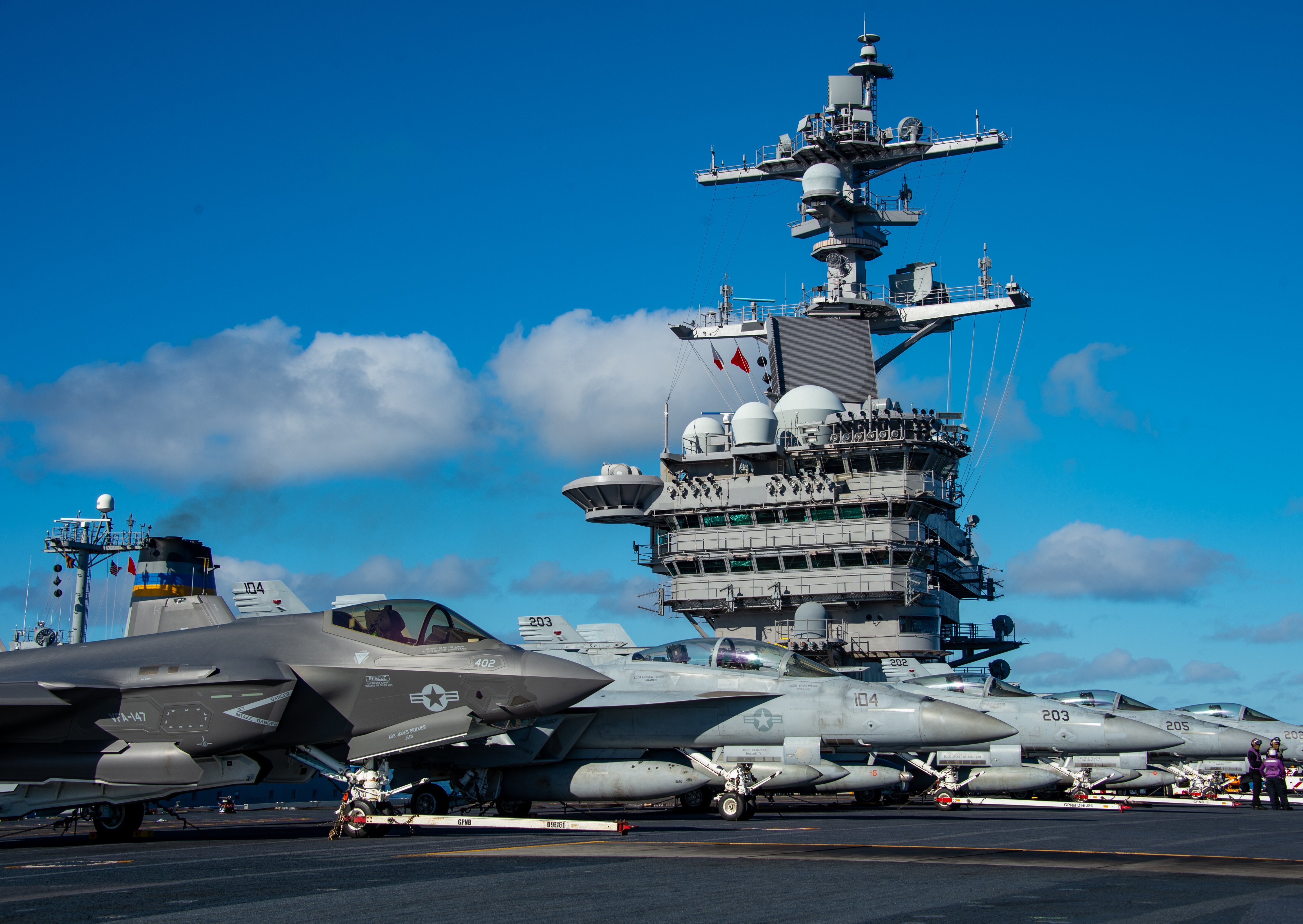In fiscal year 2023, the US Navy plans to order 5th generation stealth fighters F-35C in less than the capacity of the manufacturer Lockheed Martin.
The F-35C is the carrier-based version of the F-35 fighter jet, built by Lockheed Martin Corporation. It is billed as the perfect combination of long-range weapons systems, modern sensors, stealth technology and satellite navigation systems, as “the most affordable aircraft, capable of Highest damage, cover and survivability ever used.”
Defense News website recently quoted US Navy spokeswoman Courtney Hillson as saying that Lockheed Martin Corporation can supply up to 30 F-35Cs per year to this force. However, the US Navy only requested 9 F-35Cs in its budget proposal for fiscal year 2023 and in its spending forecast for the next few years, 15 F-35Cs per year.

Speaking to US congressmen, senior US Navy officials all stated that issues related to the Covid-19 epidemic, including supply chain disruptions, which is why the force is proposing to buy fewer F-35Cs next fiscal year compared to the current fiscal 2022’s 15.
“I am particularly concerned with the defense industry’s ability to deliver F-35s. For me, this is a big concern. I don’t think we should invest if in fact we can’t ensure these planes are delivered on time to the US Navy. In the short term, that money should be spent on other, more useful things until the defense industry fixes its supply chain problems and starts delivering orders at a faster rate.” US Navy Secretary Carlos Del Toro emphasized. Meanwhile, Admiral Mike Gilday, the US Navy’s Chief of Staff, stated that, if not for supply chain problems, the force would have offered to buy 100 F-35Cs over the next five years, equivalent to 20 units/year, which is still less than the maximum production capacity of Lockheed Martin Corporation. Defense News website said that the statements of Secretary Del Toro and Admiral Gilday were only “half the story” and there were two main reasons for the US Navy’s decision to cut the purchase of F-35C aircraft.

The first reason is that the US Navy needs financial resources for its other priorities. Admiral Gilday and other senior US Navy officials have repeatedly mentioned investing in anti-ship missiles, hypersonic weapons… This is based on cutting some procurement programs or deciding to “retire” some warships early.
Another equally important reason is that senior US Navy officials believe that the number of fighters currently in the service of this force – including 4th generation F/A fighters – 18E/F Super Hornet and F-35C – are in their “healthiest” condition in two decades. It also means that the fighter jet shortage that the US Navy has claimed “can be safely extended” to 2031.

In an interview with Defense News in February 2022, Vice Admiral Kenneth Whitesell, commander of the US Navy’s Air Force, said that the US Navy had set a target of 341 of the more than 500 F/A-18E/F Super Hornet currently in service capable of performing the mission, but later raised the target to 360. The US Navy has “repeatedly” achieved its goal of 360 mission-capable F/A-18E/F Super Hornets and “regularly” recorded numbers in the 350 range, despite the Exact changes from day to day.
Spokeswoman Hillson confirmed to Defense News website that the success in improving the ability to perform the duties of existing fighters has created conditions for the US Navy to easily Give decision.
According to Defense News, so far, the House Armed Services Committee and the House Appropriations Committee as well as the Senate Armed Services Committee “seem to support” the plan to buy nine F-35Cs in fiscal year 2023 of the US Navy.
